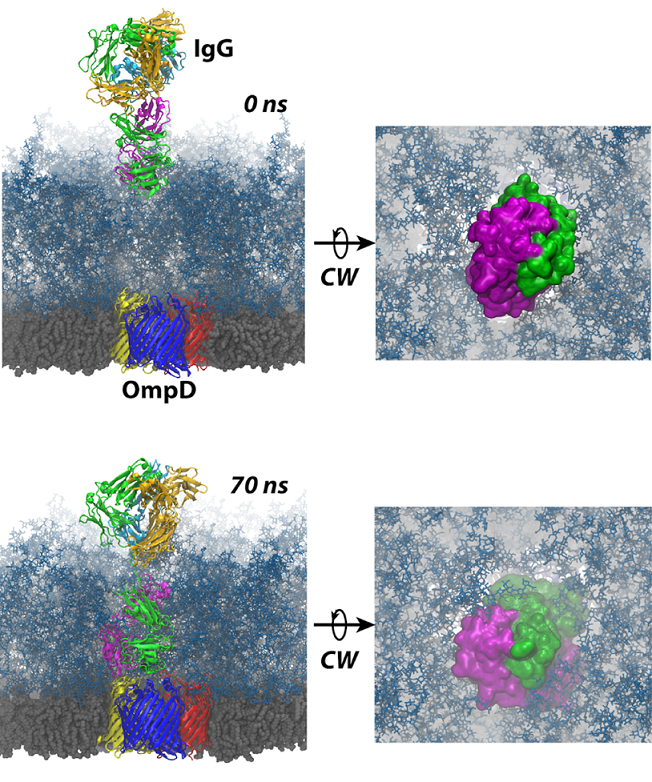
A new study from the University of Birmingham has helped provide novel understanding into how to select antigens to target in vaccines or new treatments against bacterial infections.
Published on Wednesday 12 February in Nature Communications, scientists describe why some antibodies to bacterial proteins are protective, while others are not.
Protection against bacteria afforded by natural infection or vaccination usually works through antibodies. Each individual antibody only recognises a single target, making them exquisitely specific.
However, although the body makes many different antibodies against a pathogen or a vaccine, this does not mean all antibodies are protective.
Many of the most dangerous bacteria have an additional outer, sugary coat that prevents access of antibodies to the bacterial surface. The nature of this protective barrier can differ between bacteria.
New results show that in some bacteria, surface-exposed proteins make a clearing big enough in the barrier to allow antibodies to reach in and bind their target. In addition, the chemical nature of the barrier itself can further control access to key parts of the protein necessary for antibody binding.
By looking at the shape and structure of a bacterial protein and its interactions with the sugary coat, scientists can predict whether an antibody can reach it. Those antibodies that can reach their target will be protective, while those that cannot will ultimately fail.
Professor Adam Cunningham, (featured in the video below), from the Institute of Immunology and Immunotherapy, said:
“This is the first time antibody binding to the bacterial surface has been examined in such a way. It was only possible to achieve by a collaboration between immunologists, microbiologists, structural biologists and biophysicists. It is in the nuances of this collaborative approach where the real novelty lies.
“This research has the potential to help create better vaccines and better antibody-based treatments.”